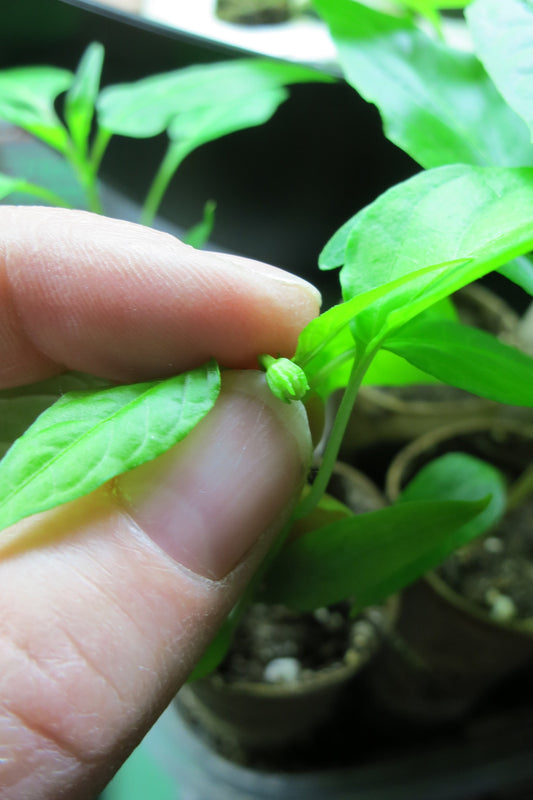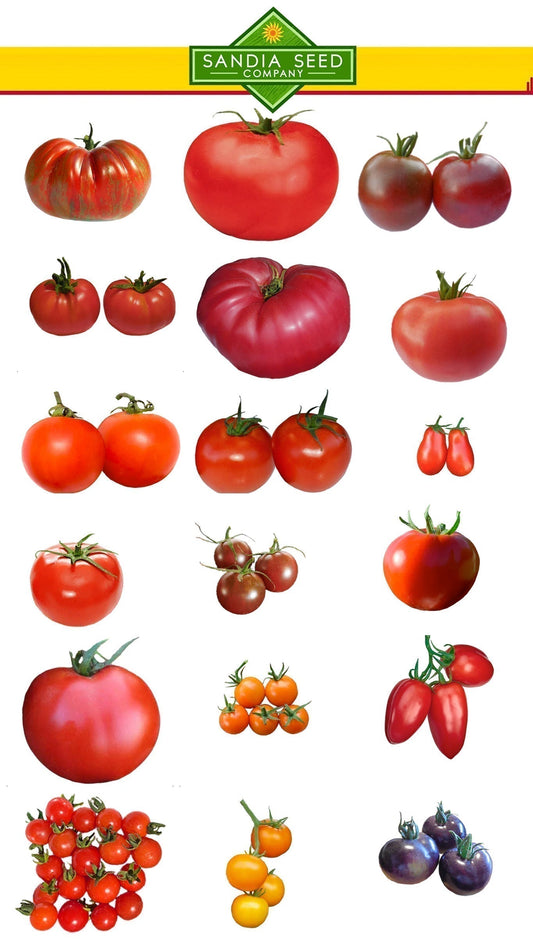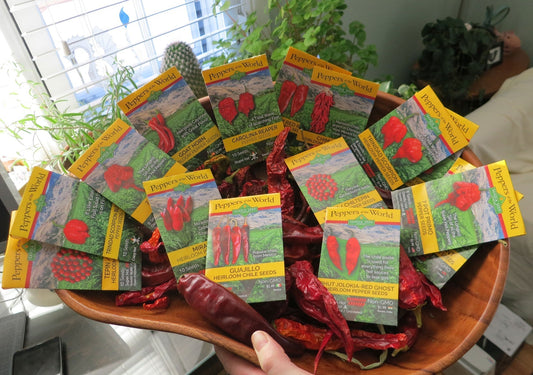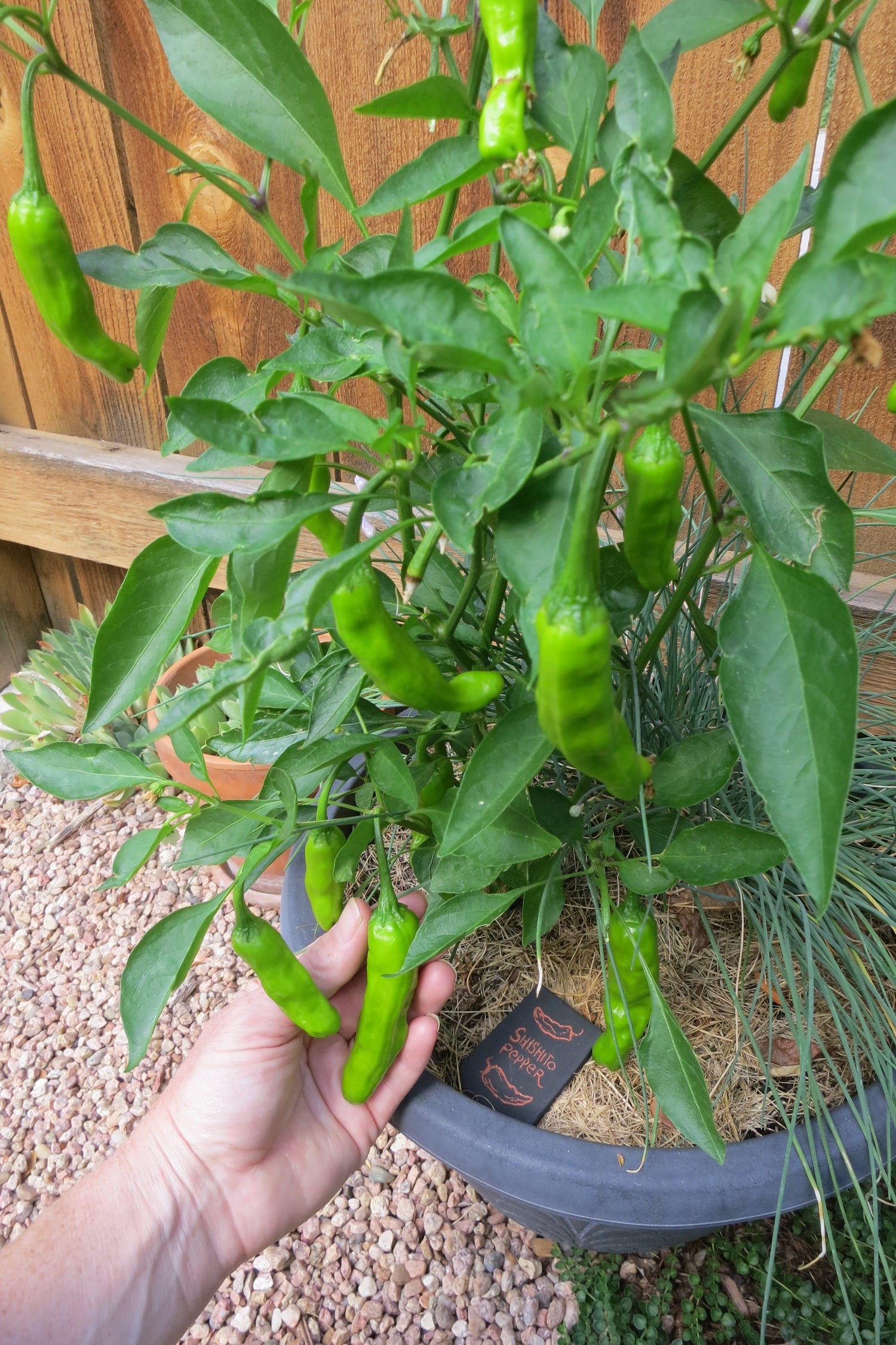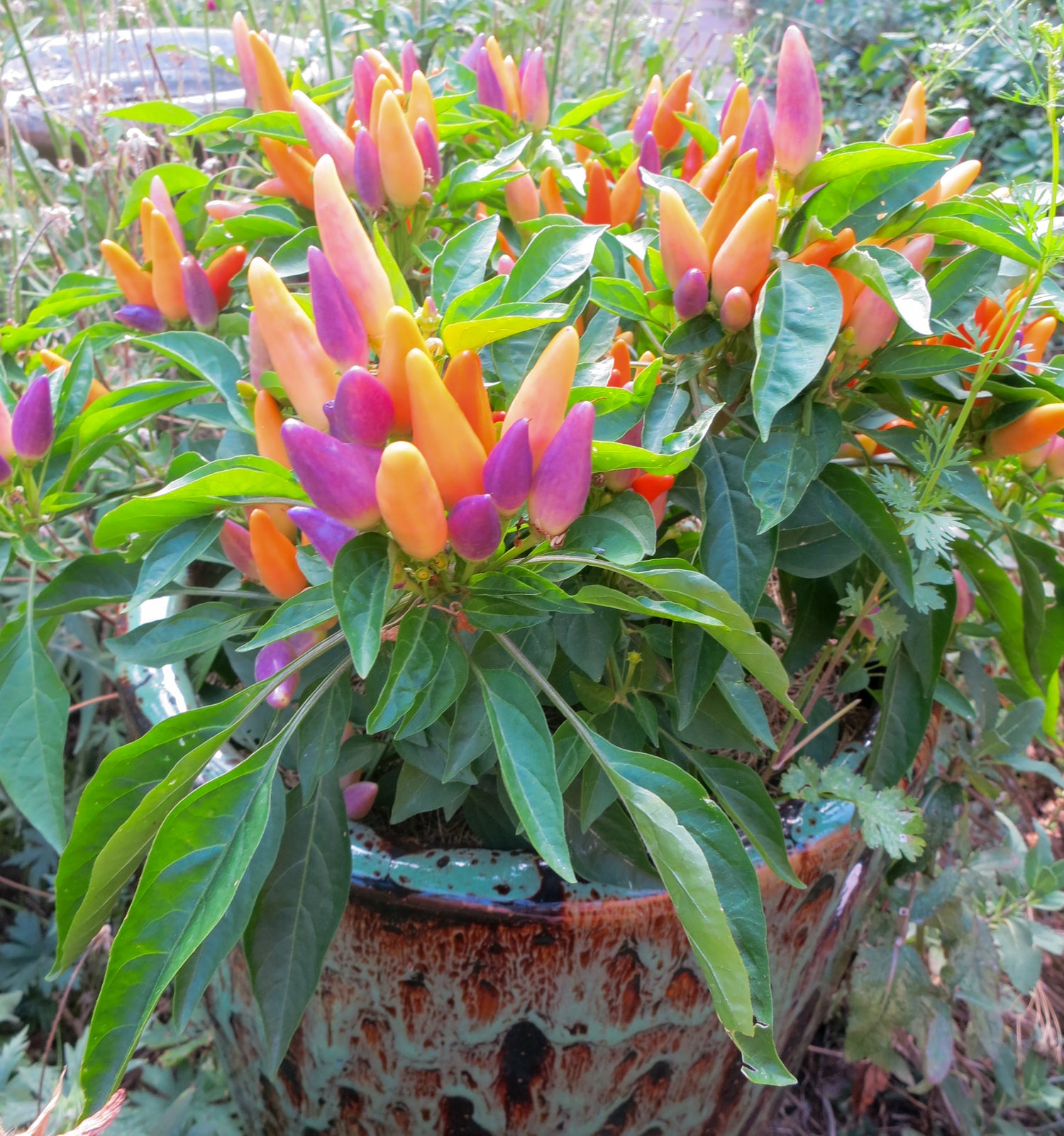
Best Hail Protection for Gardens

#1 Hail Protection for Garden:
“The Classic Hail Protector”
An overturned pot.

Hail Garden DIY Tip:
Yes, something as simple as an overturned bucket or flower pot will help protect your young seedlings from hail and even snow and frosts in the spring. Pots with side or small drainage holes are good as they let out hot air if the sun happens to come out, but they won't let the hail or snow in. Make sure to remove pots from your plants after the storm/cold has passed so they can get much needed sun! Keep your old pots stacked somewhere handy in case a late spring storm blows through you can deploy your hail protection!
You could also use overturned storage bins, mop buckets, trash cans, tables, etc to cover your garden and protect your plants from hail or snow. Using things you have on hand is one of the best hail garden ideas as it doesn't cost you any money. It's also good if you can move your container planted garden plants under the protection of a covered porch or patio, or into a garage if hail-prone weather is expected.

#2 Hail Protection for Garden:
Hail Netting & Structures

The idea is to suspend the anti-hail netting fabric over your plants on some sort of structure to protect them from hail storms. Good ways to suspend netting is by using hoop houses made of PVC or metal conduit that you can clip netting onto, or you could also sow fabric "socks" for STURDY tomato cages or obelisks and put those over your plants like in the photo below:

We find that hoop houses and strong cages or obelisks work best for hail protection as it does need to be strong enough to withstand winds and heavy hail. Those flimsy wire tomato cages they sell at hardware stores are not often strong enough to hold up during heavy winds and hail, so get something sturdy, you won't regret it!
PVC Hoops are easy to bend and you can get a 10-12" dowel or iron rods to push into the soil and then place the pvc onto to construct hoops. It's good to use a straight piece across the top too and fasten with twine, or u-bolts to hold the hoops upright and in place and help hold up the hail netting fabric.

Garden Bed Hoops can also be used for greenhouse film – which is a heavy duty woven plastic that can be used to grow veggies in the fall, winter and early spring months. In the cool and cold months, garden bed hoop houses can provide greens like lettuce, cilantro, green onions, parsley, oregano, and beets in the fall/winter/spring – they don't grow fast in the shortest days of winter in December/January but boy do they take off come February through spring. Hoop houses can also be used to plant peppers and tomatoes earlier in the spring as you can cover them with the greenhouse film plastic to trap in warm air on cool nights to get an earlier start on the season.
Note: PVC & Plastic do not mix. If you do want to use greenhouse film on your hoop house, we recommend using metal conduit instead of PVC, as PVC breaks down plastics when exposed to the sun, so it will make your plastic film degrade much faster than metal. Metal conduit needs to be bent with a hoop bender, but it's stronger and more sturdy so we prefer it if it is going to be used with plastic films. Use greenhouse film rather than cheap plastic, as it will last much longer and is much less prone to tear from sun exposure, hail and snow.

Hail netting or greenhouse film can be rolled up during the day to allow the breezes and bees in for pollination and plant health. This garden above is in the front range of Colorado – she keeps her greenhouse film and later hail netting up all spring into summer so it's easy to fully deploy when the spring hail storms pass through.

Not all hail protection is equal, this blanket above, suspended by garden stakes isn't really sturdy, so a hailstorm may collapse it! And blankets get heavy when wet. PVC hoop structures are easy to construct and are quite sturdy when reinforced with a center rod.



Keep in mind that many of your perennials, especially native plants can survive hail damage – they will likely recover and grow quickly after a hailstorm has battered them.
But with freshly planted seedlings, especially annual veggies like tomatoes, peppers, eggplants, basil and others, protection is very helpful during spring storms. Putting a bucket or pot or suspending hail netting or frost cloth on hoops over top of the seedlings can really help protect them so they won't get damaged or stunted from crazy spring storms.
Frost cloth also doubles as insulation, so if you make a mini hoop structure, you can use frost cloth on it on cold nights and during spring rain or snow storms to keep your vegetables warm and so they can grow faster in the spring.

Hail Damage in your Garden?
If your plants do get damaged by hail, don't worry, they'll often survive! We suggest to carefully prune off most of the damaged leaves or stems, and then the next time they need to be watered, add some Kelp or Fish fertilizer to the water and use it on your plants, watering the leaves as well with the solution. Beware, it's stinky stuff. But this will help supply plants with vital nutrients to recover more quickly. You'll often be surprised how a hail-battered plant will come back to life after a couple weeks. Don't give up on them!
Here are some more
garden hail damage tips for June:
Plant some beans, carrot and beet seeds:
These crops do well in the warmer months, plus beans help build nitrogen in your soil for fertility.
Plant basil, zucchini, corn, cucumber, and squash seeds:
If these plants were shredded and don't look like they're recovering, there's plenty of time for these fast growing veggies to grow and provide a harvest before end of summer.
Happy growing, and may the hail NOT be with you. ☺


